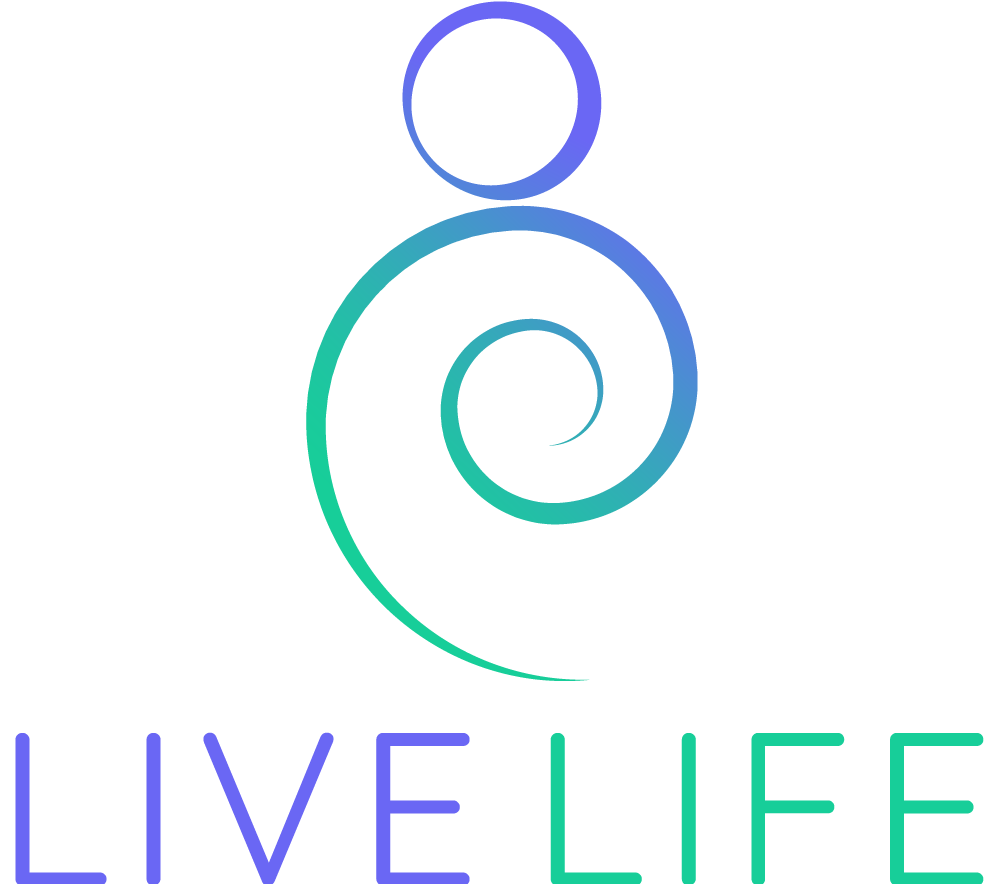The human tendency is such that we tend to research a topic thoroughly, but we tend to often be hesitant when it comes to implementing the researched material.
Majority of us have a rough idea about meditation and know that it is incredibly beneficial. Maybe not the exact science behind its benefits but a general idea. However, when it comes to practising it, we often get lost in the how, where, and when of it.
There are a few simple steps with which one can either start meditating or get back to meditation.
Decide and choose between guided vs unguided meditation
This should be the first step to meditation, figuring out your preference depending on your personality.
Suppose constant talking, following orders, and trusting a stranger seems uncomfortable and not relaxing to you. In that case, unguided meditation or self-guided meditation might suit you better.
Most people new to meditation or those who have not meditated in a while prefer to go for guided meditation. Guided meditation is one where an experienced or qualified professional, guides you through the meditation process either via audio, video, or any other form of media.
For someone who has never meditated before and is clueless about where and how to start, guided meditation is the way to go. Guided meditation even has its own benefits – it helps with the initial struggle of wandering minds, helps explore new techniques of meditation, introduces meditation in the simplest way possible, and helps make and stick to a regime.
Moreover, in most cases, people find it easier to move to unguided meditation after using guided meditation. The guided meditation exercises act as a stepping stone towards the focus and discipline that unguided meditation requires.
Unguided meditation is the ultimate form of self-improvement that requires introspection, retrospection, and accountability. It also includes using a focal point like your breath to monitor and acknowledge your thoughts and feelings but has more flexibility regarding how you choose to respond to these emotions and how you proceed from there.
Decide a time duration that works for you
Most guided meditations offer various time durations – 5 minutes, or 10 minutes, or 20 minutes, and so on. This makes it convenient for people to choose a time that fits into their schedule and is most beneficial for them.
Initially, when we start off with meditation, due to the mind’s wandering nature, it is often advised to start with the shortest duration possible (1-5 minutes) and then move to the higher durations.
This is because it gives the beginner an exposure to the material, they are starting, but they aren’t overwhelmed or frustrated by the time commitment of it. Also, the shorter duration makes it easier to achieve and practice a part of your daily routine.
On the other hand, some people find that longer durations of 15-20 minutes suit them better. It gives more time to adapt to the technique being used and this new habit that they are trying to get acquainted with while making allowances for distractions.
The extra time helps overcome the initial periods of wandering mind and to, eventually, focus on the task at hand. One could follow a basic mantra for the time duration that ‘start small and increase till you find your personal sweet spot’.
Try and set a specific environment and time to meditate
Research shows that decision-making is processed in the brain’s pre-frontal cortex. Specifically, creating new habits and patterns is done by the basal ganglia of this region.
By initiating a desired new behaviour at a specific time and place, we can create a pattern and thus, further engage the basal ganglia, which converts the new behaviour into an automatic routine. This helps in not only committing to behaviour, in this case, meditation but also reducing the effort required to implement it each time.
In simpler terms, if we were to start meditating at 10am every day in our office chair, the initial few times would be a voluntary decision to meditate in the same place and time.
However, once the decision is made enough to involve our basal ganglia and set a routine, the body will automatically initiate the desire for meditation at 10am (even on weekends when the office chair or environment is missing!) easier to continue the practice. This implies that the simple cue of this specific time can help continue this habit, once formed. Hence, it helps to set a particular time of the day and/or place for people to start and continue meditating.
While choosing a place, it is essential to pick an environment where you won’t be actively disturbed for the time you will be meditating. This involves putting your phone on silent, locking your room/ cabin door, so people do not disturb you, and so on.
However, do not worry about background noise. There are various ways to deal with background noise, and each varies with the technique of meditation used. Some techniques demand that you focus on the background noise, others teach you how to completely block out the background noises like air conditioners, traffic, and more.
The technique used will depend on which specific kind/course of meditation you choose to do.
Always begin with the basics, then move on to specific courses
It is essential that we start with the basic course that any guided meditation has to offer. The basic course will be where the experienced professional will introduce you to the world of meditation using simple techniques that are easy to start with like body scanning and breath focus.
Advanced techniques like imagery and visualization require more focus and concentration, which can only be developed by practising the basic course.
The basic course will also be where the professional teaches you how to respond to wandering thoughts, a sudden rise in negative feeling or thoughts, the importance of having a focal point like your breath, and how to get back to the focal point when your mind wanders.
Moreover, basic courses are more scheduled and framed in the way they guide you. This cannot be said for advanced courses as they expect you to know the basics and allow for more freedom in the way they guide you and enable you to shape some of the course.
Once we are done with the basic courses, we can consider moving to more specific courses that interest us. The particular courses can be of multiple types and purposes and develop various aspects of one’s personality.
For instance, meditation to fight anxiety, meditation to improve self-esteem, meditation for relationships, meditation for discipline, etc. We can choose these courses depending on our needs and potential area for self-growth.
Conclusion
These four steps form the basis of starting a meditation routine. Once we have acted on these four steps, we have moved from the theory of meditation to the practice’s actual implementation. Hence, by acting out these steps, we have begun our meditation journey to reach the goal of increased compassion, concentration, focus, and patience, in short, towards a more conscious mind and body.





